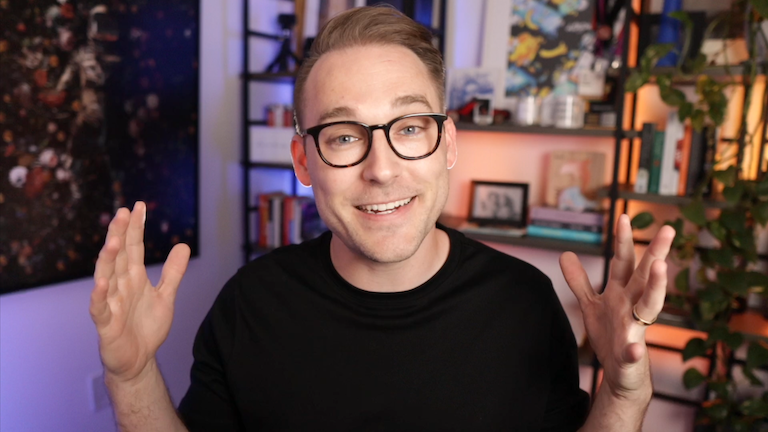The notion that screencasting demands intricate and costly equipment is misleading. Spoiler: It doesn't. You don't have to be an audio engineer, videographer, or anything along those lines. You don't need a ton of gear either.
For aspiring screencasters, it's easy to get lost in the rabbit hole of YouTube reviews and countless product comparisons. I urge you to steer clear of that rabbit hole. Stay focused on the goal: to produce and publish a watch-worthy screencast.
Your goal is to create and publish finished screencasts, not to buy a bunch of fancy equipment you may not even need.
This guide won't overwhelm you with 15 to 20 camera choices. Instead, I'll cut through the noise. What I'm going to do is let you know what gear I truly believe is mandatory and what is optional for each recording equipment area: the microphone, the camera, and the lights.
What you need, what you might need, and what you might want
In the plethora of options out there, it all comes down to what you're willing to invest in. The good news is, not all good things are expensive.
The Microphone
A good microphone will result in clear audio, and clear audio is crucial to retaining viewer interest. The microphone is probably the most important piece of equipment.
The camera
Cameras, in contrast, come with more flexibility. Depending on your budget, you have various options. On the lower ends, there are inexpensive yet quality options in the webcam space. If you're okay with spending a bit more for better quality, there are medium-priced DSLRs. Want to go all out? The high-end DSLRs and lenses could be your pick.
The lights
Lighting can have a noticeable impact on your video quality. It can enhance the clarity and ambiance of your videos. There are cost-effective options if you're just starting out, while more advanced (and often more expensive) lighting setups can give your videos a professional touch if you're willing to invest more.
In the end, it boils down to your specific preferences and your budget. I'd recommend selecting your equipment based on your individual needs, not just on what's the most expensive or what's the most popular.
What matters at the end of the day is that you're recording screencasts, and believe it or not, you don’t need a whole lot of equipment for that. With the recommended gear in this guide, you're more than ready to start recording high-quality screencasts.

